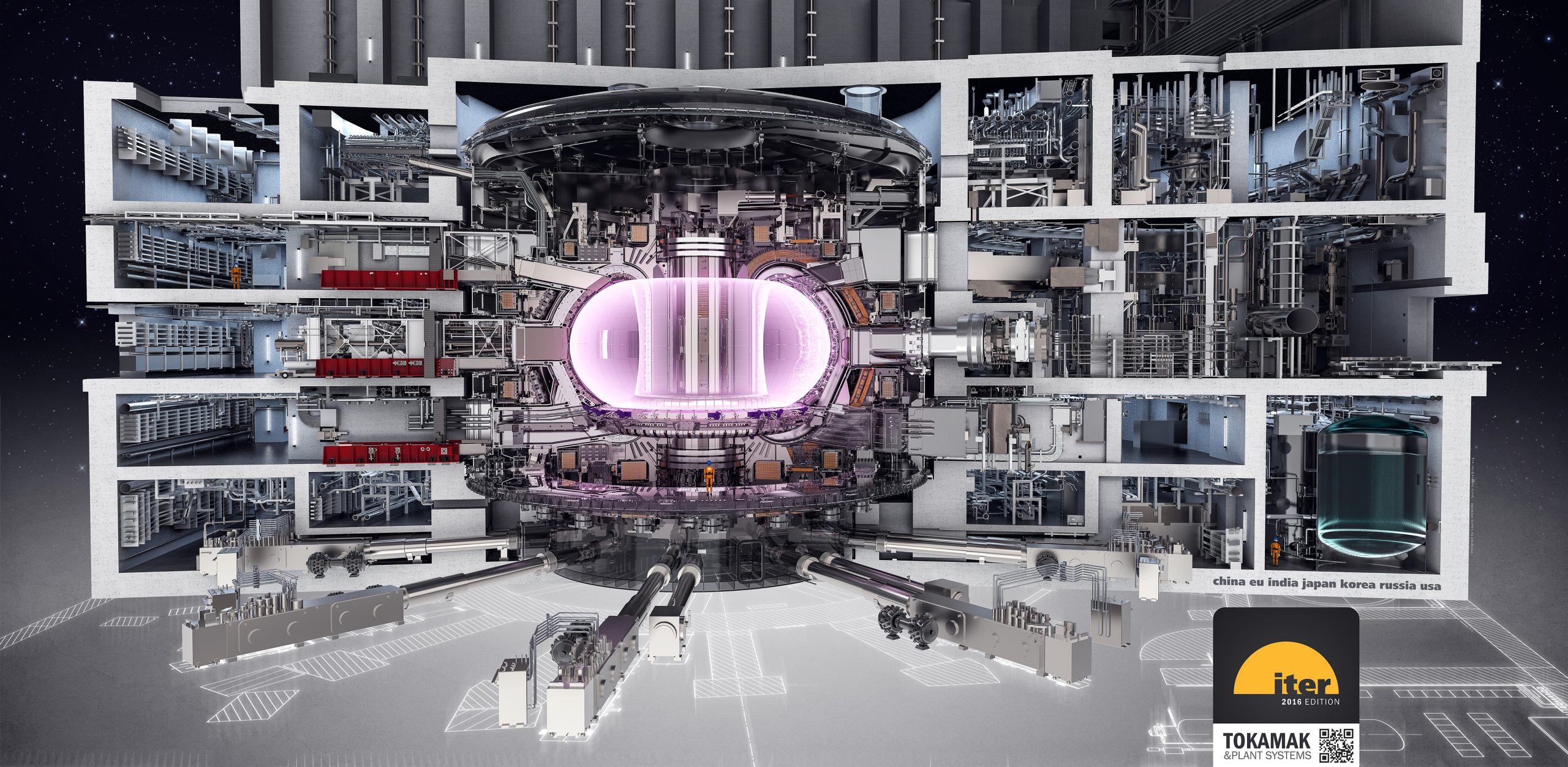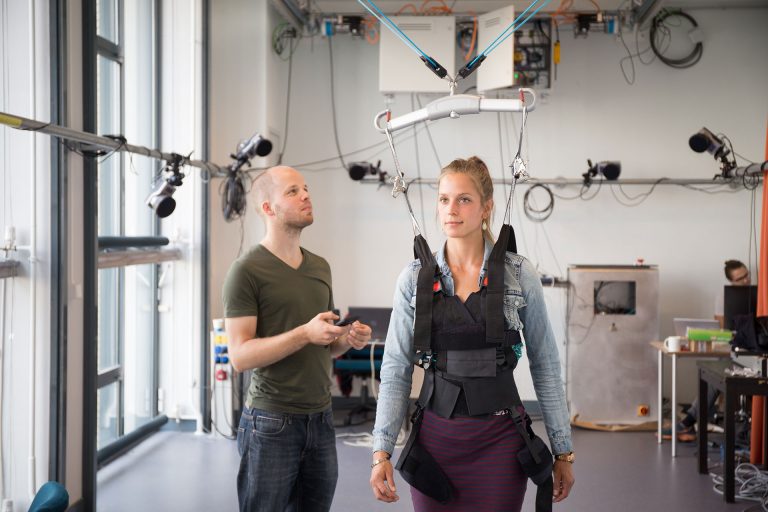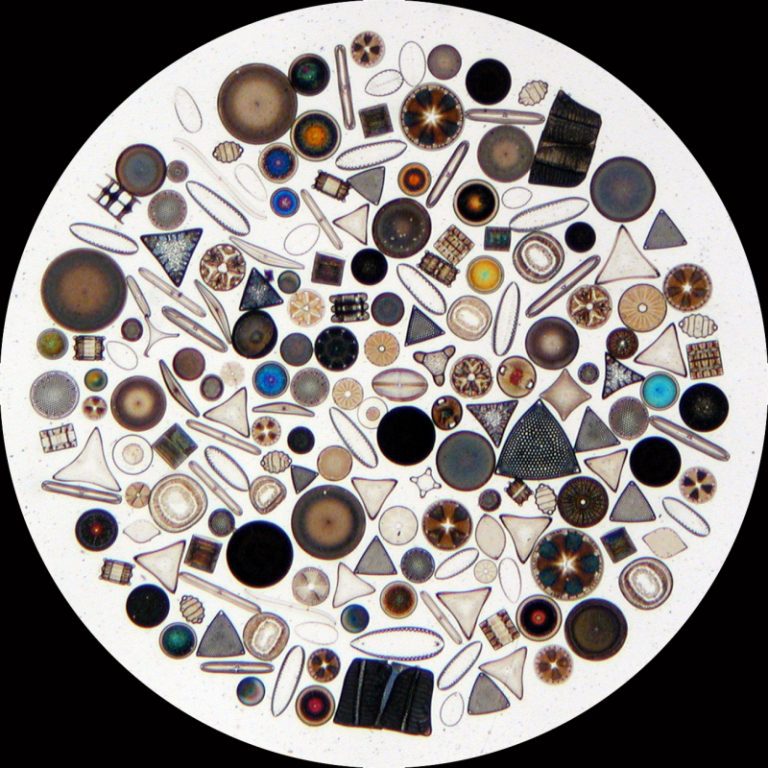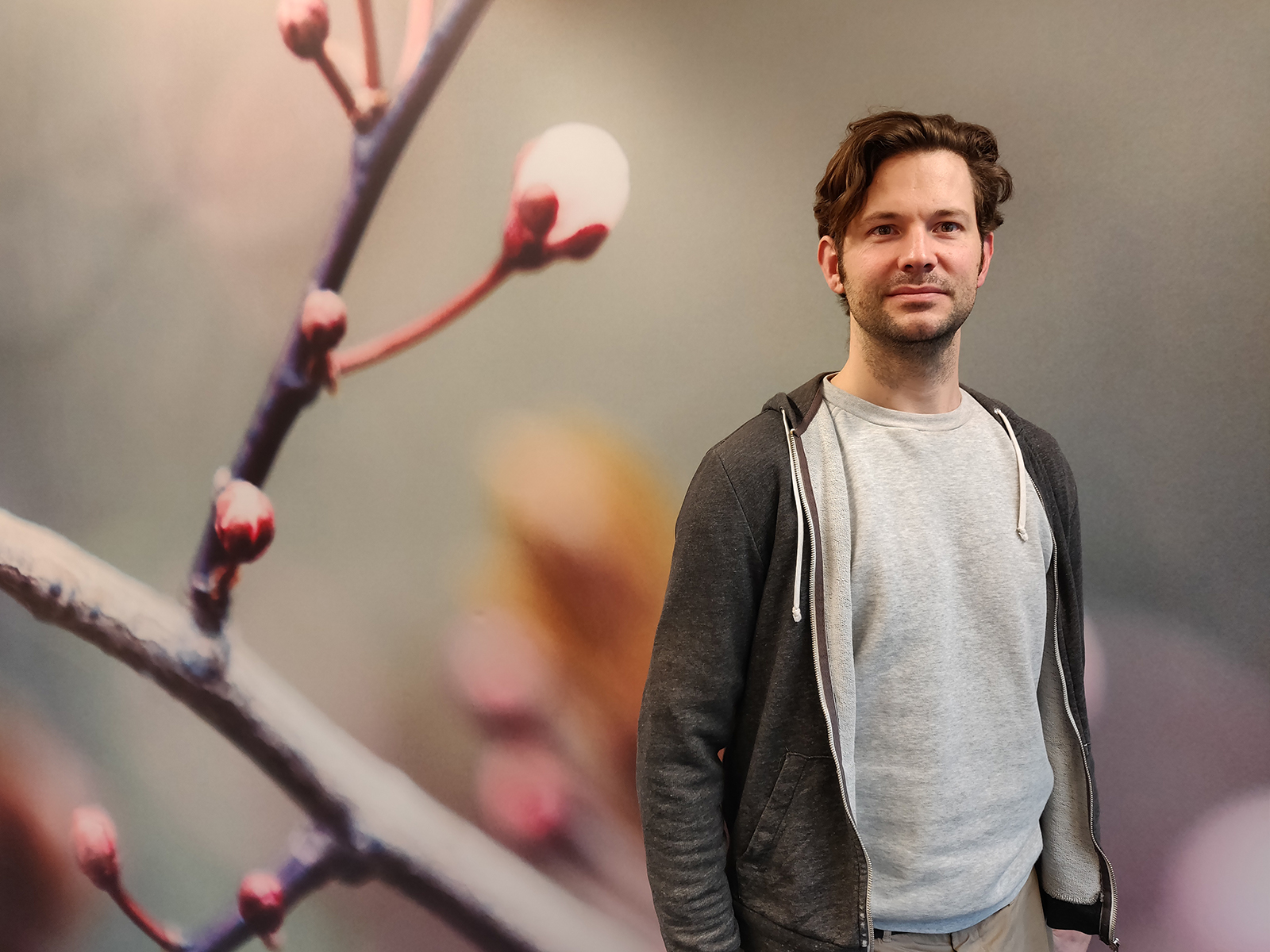Visiting the ITER nuclear fusion installation was one of the highlights of Delta’s science editor, Tomas van Dijk, in 2018. Here is a selection of his top articles this year.


Nuclear fusion is often laughingly referred to as that technology that will be ready in 30 years and that this will never change. But having seen the actual project, one of the world’s largest international efforts on energy, one can only stand in absolute awe. The magnitude of it. It seems just too good to be true – that tiny amounts of deuterium and tritium (two hydrogen isotopes) heated to millions of degrees centigrade have the potential to solve all our energy problems. And right around the corner, at the Delft Science Centre, our own researchers are helping this dream come true by developing robots that will help perform maintenance of the – by the scientist lovingly named – nuclear fusion temple.
Read:How to repair hot cannons for the fusion temple


Having had to rehabilitate myself from knee surgery, I would have loved to use the rehabilitation robot devised by these TU Delft researchers. Unfortunately I had to make the best of it with crutches. I hope this system will be a commercial success. What a relief it must be, especially for elderly people, if they can use this to rehabilitate after having had an accident or a stroke. Read: Walking with a robotic trolley


Open access publishing seems like the way to go. Scientific publishers are accused of making huge profits over work done for free by publicly funded researchers. This has to end, according to a growing number of research funds, such as the Dutch NWO. From 2020 on, the outcomes of publicly financed research should be freely available to everyone and not be behind expensive paywalls. It is a development I am also strongly in favour of. But in this business too there are vultures. The new model may be subject to abuse. There is now an earnings model for bogus publishers. They ask scientists to publish, do no or very little quality control and cash in. It is a problem the scientific community needs to take extremely seriously. Read: Predatory publications: what is the situation in Delft?


Stories of scientific discovery abound with lucky coincidences. This is a beautiful example. Researchers showed evidence that diatoms collectively respond to harsh conditions with bursts of electrical activity, somewhat like glioma cells in the brain do. Using rat tumour cells as a model and performing long-term live recordings of the electrical activity, a large group of scientists, amongst whom Dago de Leeuw from TU Delft showed that, although these cells are non-electrogenic, in time they display a remarkable electrical burst activity after the scientists had stopped providing them with nutrients for a while. A colleague from Portugal happened to have brought a bucket of sea water containing diatoms with him from the Atlantic coast off the Portuguese town of Cascais. Why not also bully these cells and see what happens, he proposed. Read: Electrical activity in the dark
–Iceberg_01.jpg)
–Iceberg_01.jpg)
The absurd uproar that a scientific publication on a complex matter like climate change can cause in the media is beautifully depicted in this story about TU Delft remote sensing experts, Dr Thomas Frederikse and Dr Riccardo Riva. Their article about ocean bottom deformation was ridiculed by climate sceptics and misinterpreted by alarmists. Frederikse even received word that Flat Earthers are using his findings to substantiate their claim that the earth is not a sphere. “Our article was written for fellow researchers. I think for our next publication we will add a short layman’s summary to avoid crazy stories,” he rightfully concludes.Read: Delft researchers framed as global warming apologists
Do you have a question or comment about this article?
tomas.vandijk@tudelft.nl


Comments are closed.